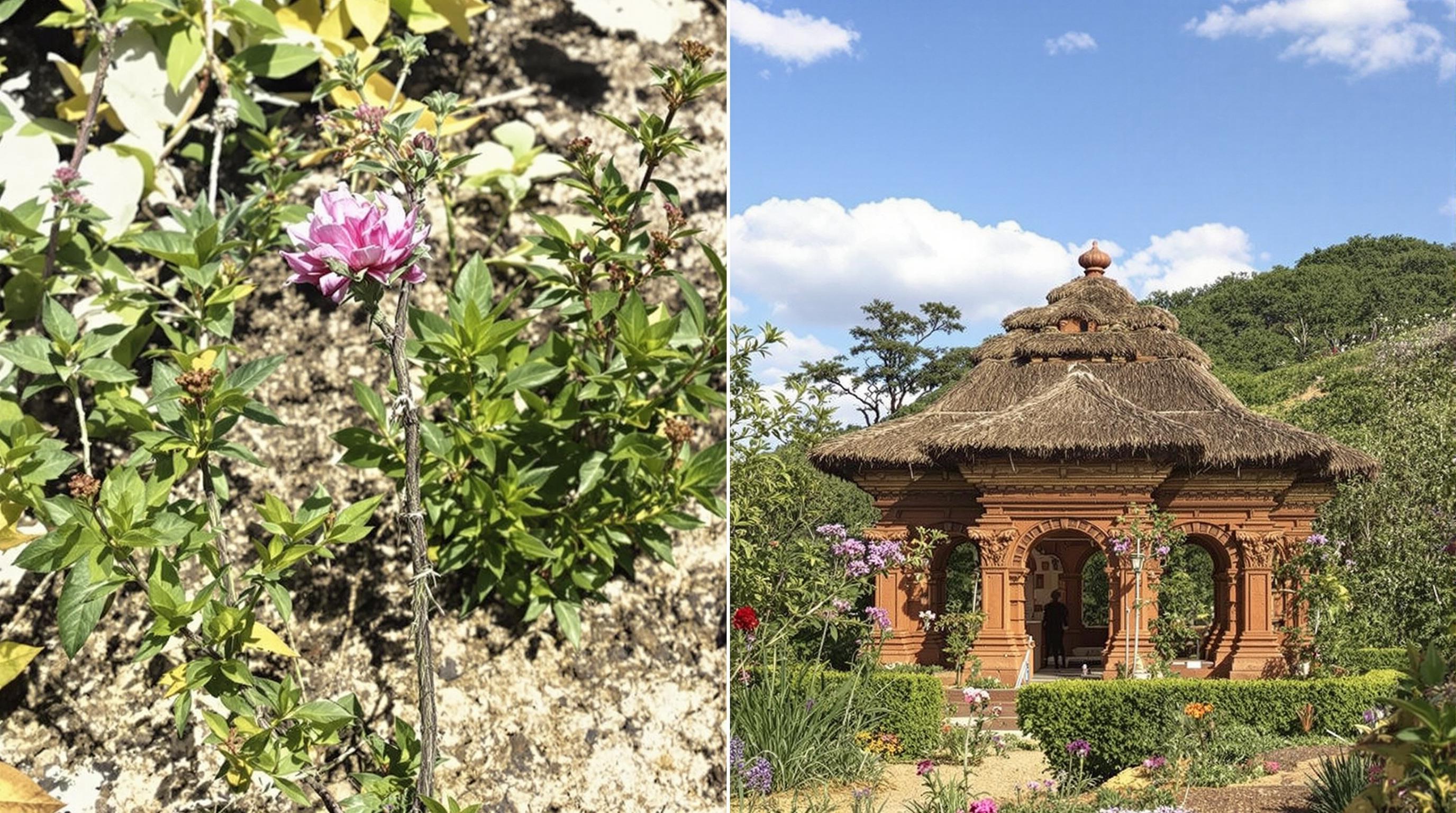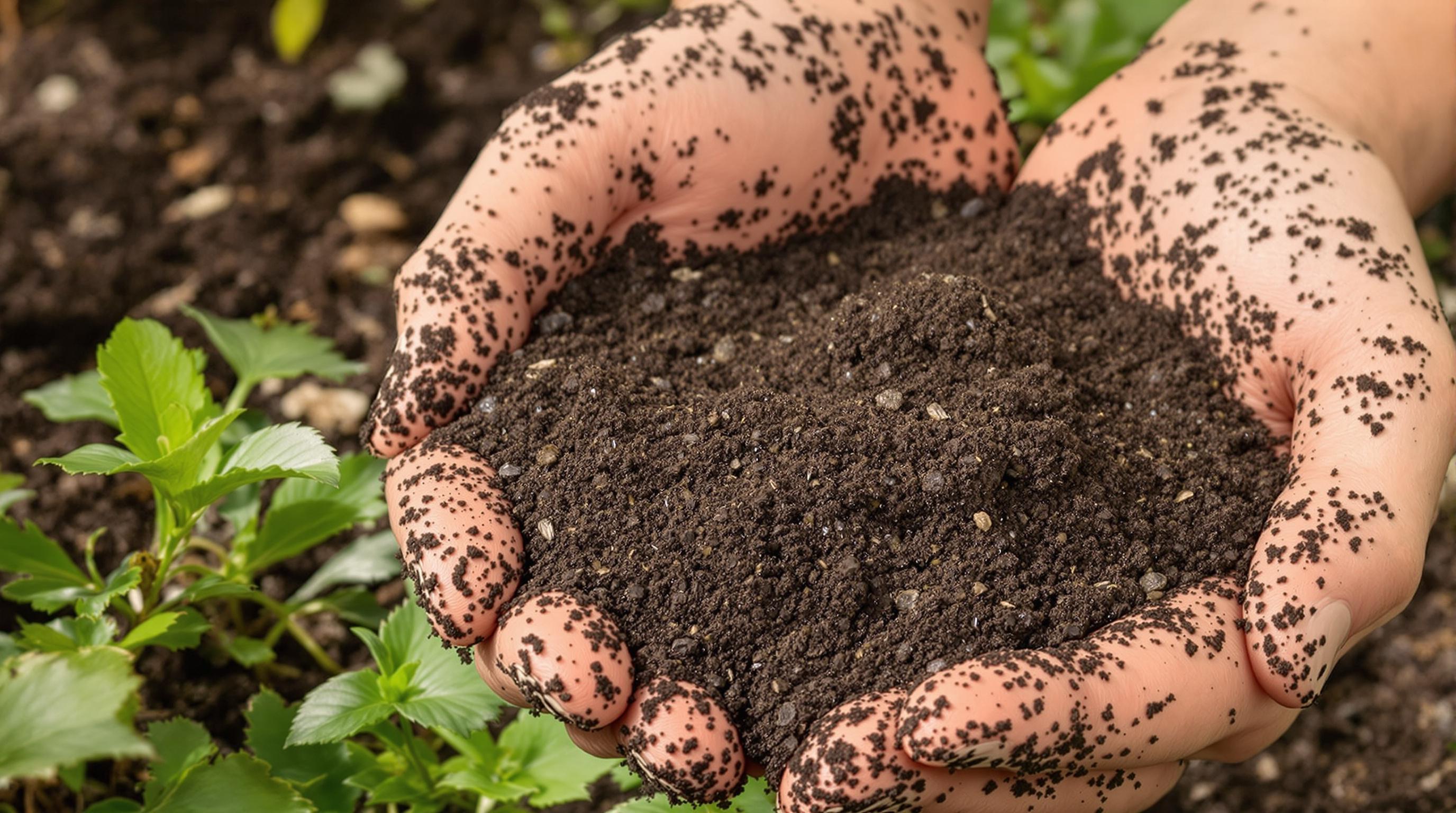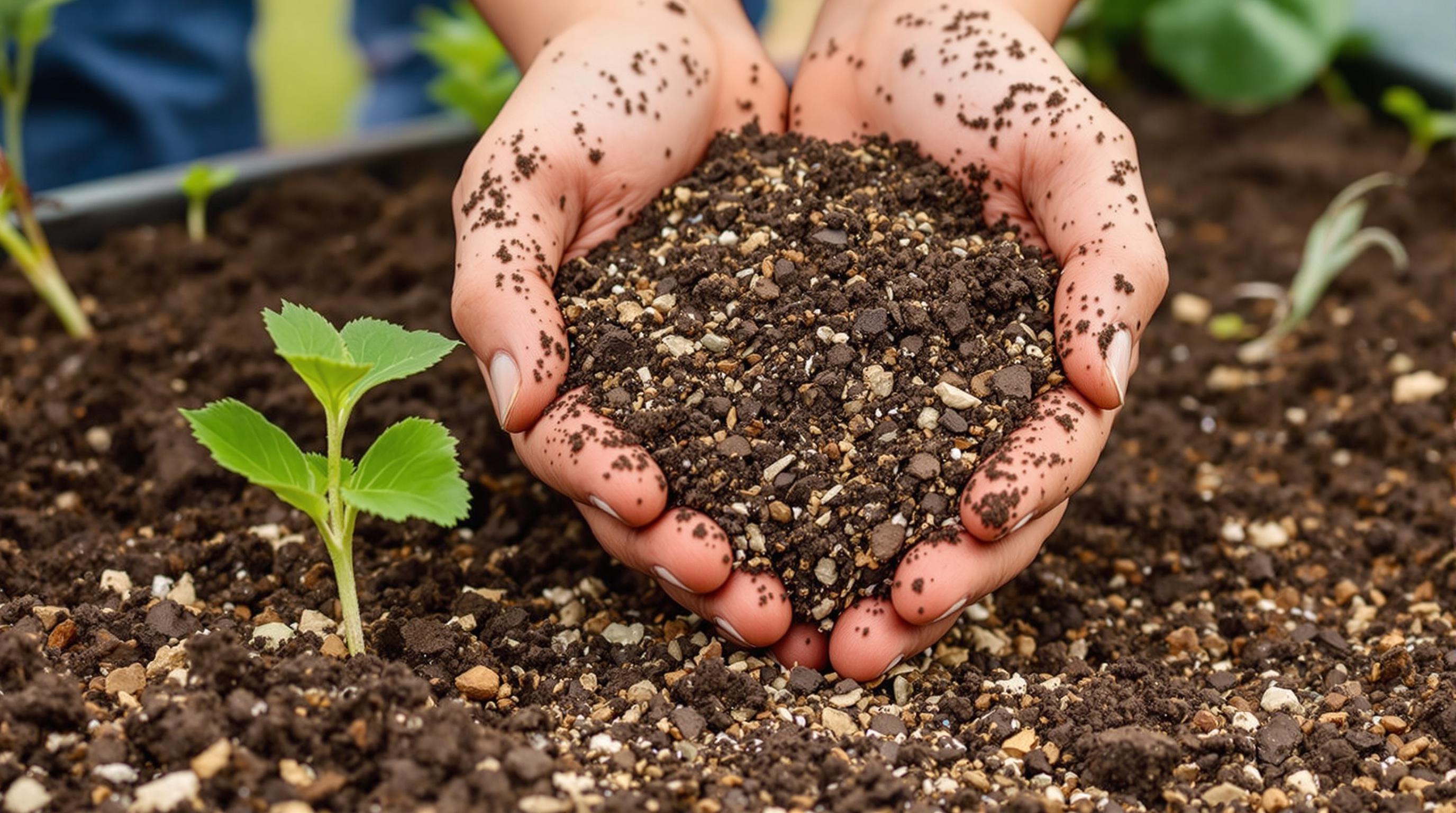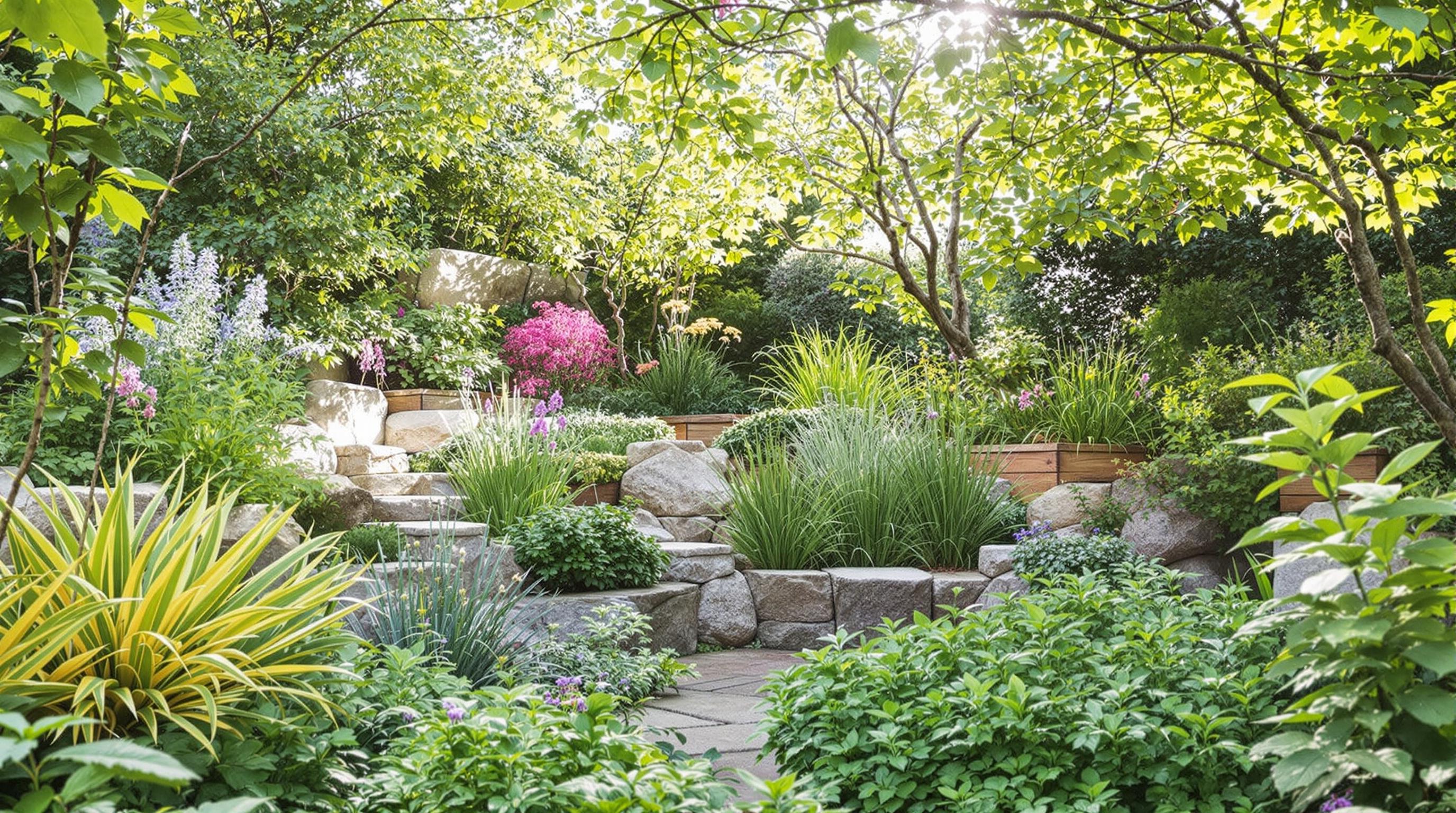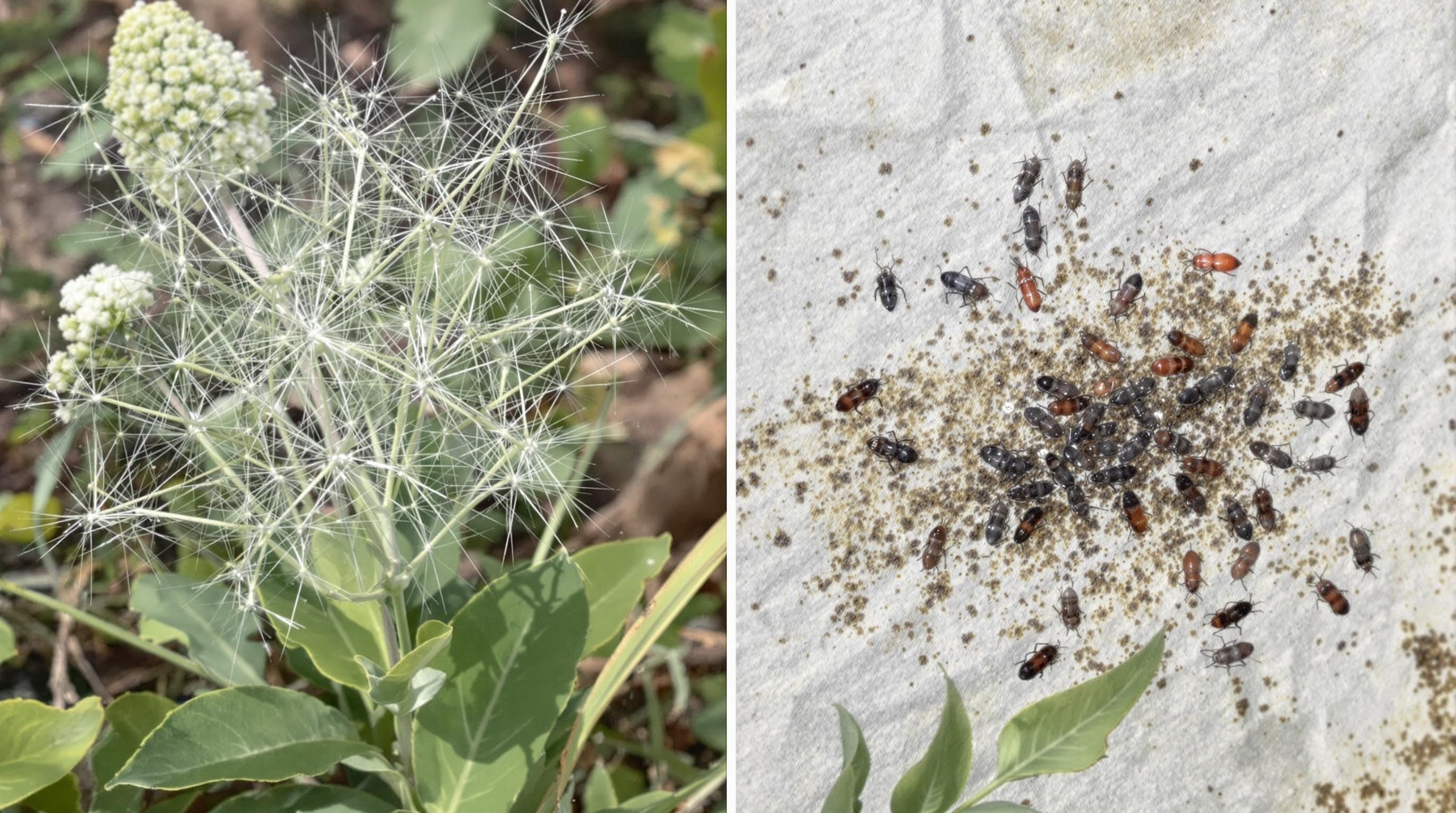Related Articles
- The Hidden Influence of Ergonomics: How Tool Design Shapes Our Physical Spaces and Daily Lives
- The Silent Influence: How Hidden Home Implements Shape Our Daily Routines and Spaces
- The Counterintuitive Role of Chaos: How Messy Tool Storage Can Lead to Unexpected Home Innovations
- Exploring the Unseen: How Audio Experiences Shape the Art of Domestic Spaces and Color Perception
- Rethinking the Mundane: How Everyday Objects are Becoming the Canvas for Modern Artistic Expression in Home Spaces
- Cultivating Chaos: The Surprising Benefits of Embracing Weeds in Your Garden Ecosystem
15 Secret Techniques Ancient Civilizations Used to Harness Natural Elements for Thriving Gardens You Can Adopt Today
15 Secret Techniques Ancient Civilizations Used to Harness Natural Elements for Thriving Gardens You Can Adopt Today
15 Secret Techniques Ancient Civilizations Used to Harness Natural Elements for Thriving Gardens You Can Adopt Today
1. Terracing: The Art of Leveling
Ancient civilizations such as the Incas and the Aztecs mastered the technique of terracing to cultivate crops in the mountainous regions of South America. By creating flat surfaces on sloped land, they prevented soil erosion and maximized arable land. This technique allowed them to capture rainfall and facilitate irrigation, thus ensuring a steady supply of water to their gardens.
To adopt this technique today, consider building terraces in your own garden if you live in a hilly area. Use retaining walls made from natural stones or timber to create levels, enabling you to grow different plants at various heights. This not only beautifies your landscape but also conserves water.
Terracing can also reduce the need for chemical fertilizers, as it encourages the buildup of organic matter and enhances biodiversity, creating a sustainable ecosystem in your garden.
2. Companion Planting: Nature's Allies
Many ancient cultures understood the concept of companion planting long before the term was coined. The Native Americans famously utilized the "Three Sisters" method, where corn, beans, and squash were planted together. Each plant provided benefits to the others, such as structural support, nitrogen fixation, and ground cover to prevent weeds.
You can easily apply this technique in your garden by selecting complementary plants. For instance, tomatoes paired with basil can enhance each other’s growth while deterring pests. This creates a balanced garden ecosystem that reduces reliance on chemical pesticides.
By researching traditional methods from various cultures, you can discover new plant combinations to enhance both yields and the health of your garden.
3. Water Harvesting: Capturing the Essence of Life
Ancient civilizations like the Romans and Persians created sophisticated systems for rainwater harvesting. They built cisterns and aqueducts to collect and store water, ensuring their gardens thrived even in arid regions. By channeling natural water sources, they could irrigate their crops effectively.
In modern gardening, implementing rain barrels can help you capture rainwater from rooftops. This eco-friendly and cost-effective practice not only conserves water but also provides plants with naturally soft water that is free of chemicals.
To design your water collection system, consider the layout of your home and garden. Position barrels near downspouts to maximize water collection and use a soaker hose system to distribute water evenly throughout your garden beds.
4. Crop Rotation: Maintaining Soil Health
Crop rotation is an ancient practice rooted in traditions from Mesopotamia to Greece. By rotating different crops in specific sequences, these civilizations preserved soil fertility and minimized the risks of pests and diseases. This practice allowed them to maintain productive gardens over generations.
Today, you can implement crop rotation by planning a yearly schedule that changes the location of your vegetable plots. This not only helps prevent soil depletion but also disrupts the life cycles of pests and pathogens.
Incorporating legumes, which enrich the soil with nitrogen, can be particularly beneficial. By following a rotation that includes legumes, you can ensure your soil remains fertile and healthy.
5. Mulching: A Shield for the Earth
Ancient agricultural societies, including the Egyptians, utilized organic materials such as straw and leaves as mulch to protect their crops. This technique helped retain soil moisture, regulate temperature, and suppress weeds, creating a more favorable environment for growth.
In your garden, using mulch made from shredded bark, grass clippings, or straw can provide similar benefits. Not only does it reduce watering needs, but it also slowly breaks down to enrich the soil with nutrients.
Select a layer of mulch that is compatible with your plants, ensuring it is thick enough to prevent weeds while allowing air and water to penetrate. Mulching enhances the beauty of your garden while creating a thriving ecosystem.
6. Indigenous Fertilizers: Ancient Wisdom
Many ancient civilizations, such as the Chinese and Indians, developed natural fertilizers from local resources. They often used animal manure, compost, and green manure (cover crops) to enrich their soil, promoting lush gardens without relying on chemical fertilizers.
You can embrace this technique by creating your own compost bin to recycle kitchen scraps and yard waste. This sustainable practice not only enriches your soil but also reduces landfill waste.
Incorporating well-rotted manure from local farms can also boost soil fertility. By understanding and utilizing these ancient practices, you can cultivate a healthy garden that flourishes through natural means.
7. Natural Pest Control: A Balance of Nature
Ancient cultures recognized the importance of maintaining a balanced ecosystem to keep pests at bay. Egyptians used beneficial insects like ladybugs and spiders, while Chinese farmers introduced ducks to feed on pests in rice paddies. These sustainable practices kept gardens healthy and pest-free.
Today, you can adopt similar strategies by encouraging natural predators in your garden. Planting flowers that attract beneficial insects or using physical barriers can help protect your crops without resorting to harmful chemicals.
Creating a biodiverse garden full of various plants fosters an environment where natural pest control thrives, allowing you to cultivate a more sustainable garden.
8. Soil Aeration: Breathe Life into the Ground
Ancient agriculturalists understood the importance of soil aeration in promoting plant health. The Romans and Greeks utilized various tools to break up the soil, allowing for better water penetration and root growth. This practice ensured that crops received necessary nutrients just below the surface.
You can adopt this technique using a garden fork or aerating tools to loosen compacted soil in your garden. This allows root systems to access air and water more efficiently, promoting healthier plant growth.
Regular soil aeration not only enhances the overall health of your plants but also improves drainage and reduces the likelihood of root diseases.
9. Moon Planting: Aligning with Nature's Rhythms
Many ancient civilizations revered the moon's cycles and understood their influence on agricultural practices. The Babylonians and Mayans developed lunar calendars, which guided them in planting and harvesting at optimal times for various plants based on moon phases.
You can explore lunar planting techniques by aligning your gardening activities with the moon's phases. For instance, planting leafy greens during the waxing moon encourages lush growth, while harvesting during the waning moon can enhance storage longevity.
Integrating this ancient wisdom into your gardening routine can enhance your connection to nature and potentially improve your garden's yield.
10. Herbal Pathways: Integrating Beauty and Function
Throughout history, civilizations like the Romans used herbs not only for culinary and medicinal purposes but also to create fragrant pathways in their gardens. This technique combined beauty with function, attracting beneficial insects and repelling pests through the aromatic properties of various herbs.
You, too, can create herbal pathways in your garden by planting herbs like lavender, rosemary, or thyme along walkways. These not only create a sensory experience but also contribute to a healthy garden ecosystem.
By incorporating herbs into your design, you can blend practical gardening with aesthetic charm, embracing the wisdom of ancient practices while enhancing your garden’s overall health.
